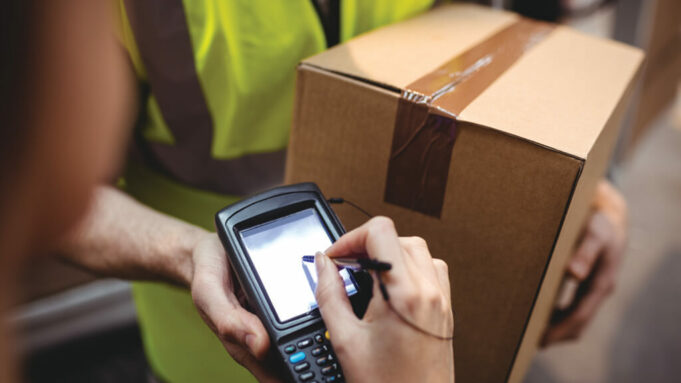The COVID-19 pandemic made many people extra careful about the germs they come in contact with. Beyond masking to avoid airborne virus droplets, surface and hand sanitizers became a hot commodity. Online shopping also saw a huge increase as doorstep delivery became the norm for everything from basic household items to groceries and alcohol.
But today, are people still sanitizing the deliveries that arrive at their door, and should you? This recent study by Circuit Package Tracker might have you reconsidering how you handle the packages you bring into your home. They thoroughly swabbed a handful of delivered packages ranging from small to large, and they discovered the types of microorganisms living on them and the number of colony-forming units (CFUs) on each.
In this article, we’ve collected the study’s most surprising results and provided comparisons to common household items for perspective. Read on to find out if your package deliveries are dirtier than some of the germiest spots in your home.
Your Packages vs. Your Toilet Seat: A Bacterial Comparison
According to the study, the worst contamination comes in the smallest packages. It revealed that even a small retail package delivered to a recipient’s door could have up to six times more bacteria on it than a typical toilet seat. Large boxes, on the other hand, can have around 11 times the amount of bacteria that are lurking in your kitchen sink.
Along their winding routes from sender to receiver, packages can pass through many hands and jostle around on the dirty floors of multiple delivery vehicles. These surfaces have also come in contact with countless other packages coming from all over the world, and who knows how often they get sanitized (if ever)?
Almost a quarter of Americans (21%) told Circuit they open their delivery packages in the bathroom. At least bathroom surfaces tend to be the easiest ones to sanitize in most homes. Next, let’s see where else people open their packages and whether they clean up afterward.
How To Safely Handle Package Deliveries
Most Americans must not be aware of how filthy their packages are. Only just over one-quarter of them (26%, according to the study) have sanitized or otherwise disinfected their packages before opening them. But now that you know what your deliveries are likely carrying besides the package contents, you might want to take similar steps.
Luckily, it’s not hard to protect yourself and others in your home from these contaminants. Here are a few easy tips for reducing the number of bacteria and germs you come into contact with when handling the packages that come to your doorstep and mitigating harm:
- Be careful where you open your packages. Shockingly, most people open their deliveries on their beds (52%) or their kitchen tables (52%). These raised surfaces might be ergonomic options, but the bed is especially problematic because you can’t easily sanitize it.
- Sanitize surfaces after using them to open packages. If you open your packages on a table or countertop, always thoroughly clean the surface with disinfectant afterward. Bleach is a good option for this, but disinfectants designed specifically for wood are available if you want to protect the finish of a wood surface.
- Wash your hands after handling packages. According to Circuit, most Americans do this, but 13% do not. After you open your package and properly dispose of the outer packaging, be sure to wash your hands thoroughly using antibacterial soap.
- Keep package deliveries away from children. More than one-third of parents allow their kids to handle and even open their packages, but this could be a bad idea. Young children tend to be less aware when it comes to spreading germs, so it’s best to leave packages and their cleanup to the adults.
Good Package Handling Habits Can Stop the Spread of Germs
Even if you’re still not concerned about the germs on your package deliveries after reading these test results and statistics, consider how limiting your exposure might help others. The more germs you come into contact with, the further they can spread if you don’t take the right precautions. And as we’ve seen globally in the past few years, a little soap and sanitizer go a long way.












